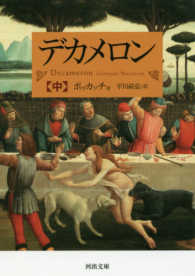Full Description
This book examines the intersection between Indian cinema (across geographic regions, languages and formats) and human rights. It analyzes Indian cinema from multiple human rights perspectives, such as freedom of expression and censorship, socio-economic rights, caste rights, women's and children's rights and LGBTQIA+ equality.








